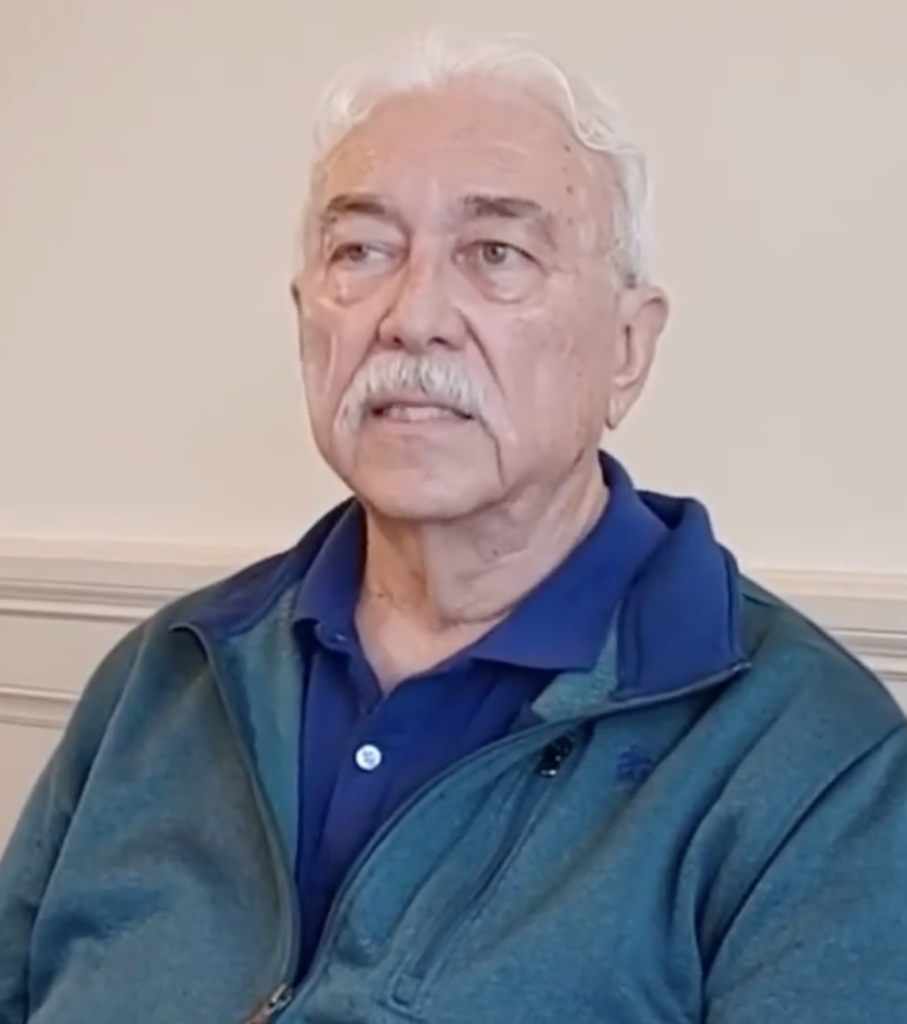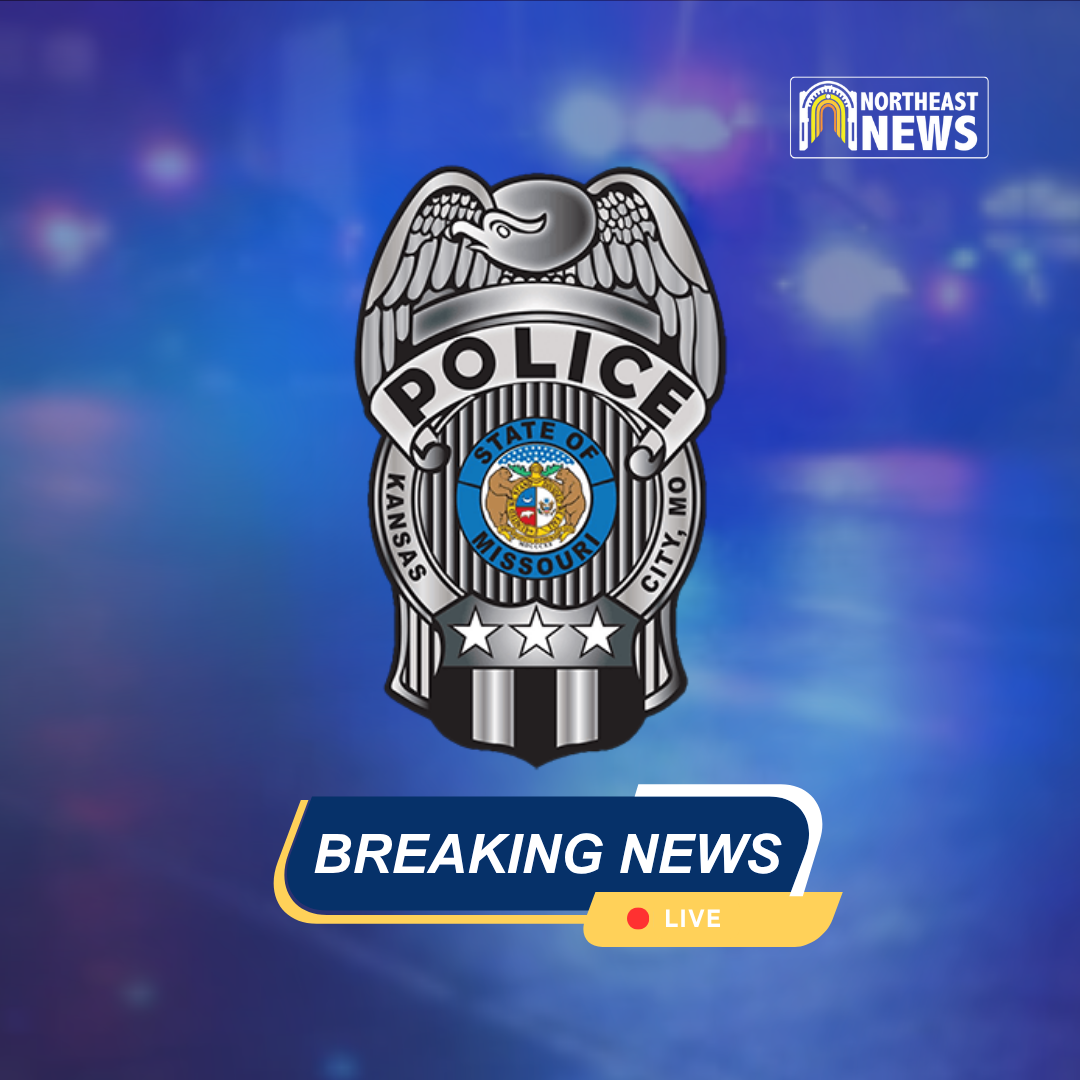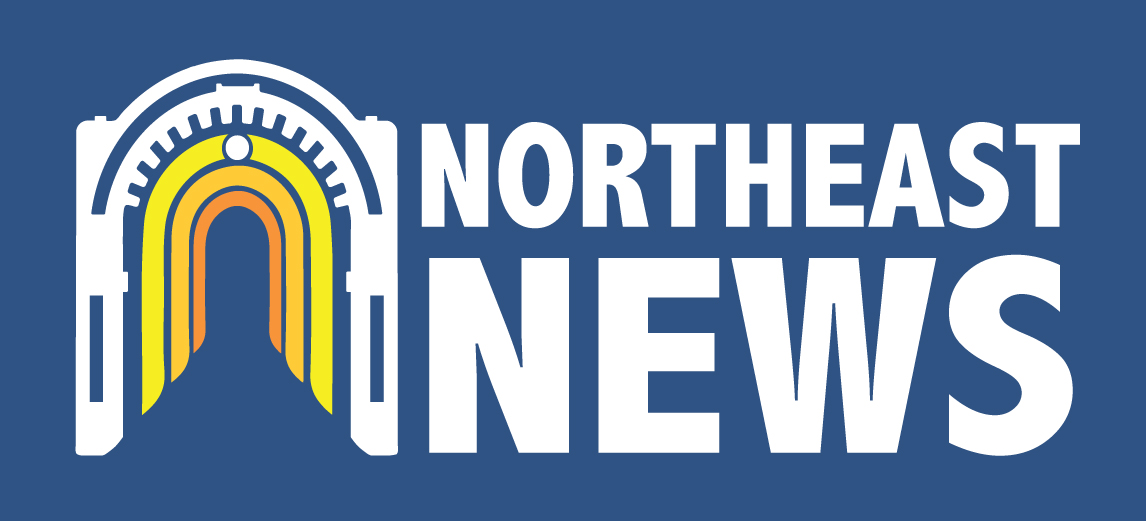
Corbin Smith
Editorial Assistant
The Historic Northeast community boasts a diverse population with many different stories to share. These stories are told by local museums like the Negro Leagues Baseball Museum and the Kansas City Museum.
With the help of Kansas City Museum Historian Dr. Gene Chavez, the National Museum of American History in Washington, D.C., created “¡Pleibol! In the Barrios and the Big Leagues,” an exhibit for the history of the Latino community in baseball.
In 2016, the Smithsonian Institution Offices sent researchers across America to collect artifacts and oral histories of Mexican American and other Latino players from local or professional teams. Their search eventually led them to Chavez.
“I was able to be instrumental in the collecting of the various artifacts,” Dr. Chavez said. “In the exhibit will be items that feature our local Mexican teams. For example, a pair of cleats that were used by a player who played on local Mexican teams that were actually donated by the American Royals to this particular Mexican club, and had been used by a former player and he didn’t know who, but they were prized for him as the young man playing in Mexican leagues.”
Dr. Chavez said that he was excited to be able to provide artifacts for the national museum because it helped represent the people of Kansas City. He feels like local stories of people of color are often neglected in museums.
The museum hosted a virtual opening via Facebook Live and YouTube at 6 p.m. July 9. The exhibit’s purpose is to take visitors through the history of United States Latino baseball and share stories that demonstrate the impact of baseball within Latino communities across the nation, as well as how individuals have influenced and changed the game for over a century.
“What we hope is that they have the opportunity to learn about the Latino players across the country playing ball,” Dr. Chavez said. “Over the last 100 years, Latino players have really become very dominant in the game of baseball, so we hope they learn about that history. A lot of times, especially in our area, you know about the Negro Leagues that play, but there were also Mexican leagues that play.”
Dr. Chavez said the virtual opening was somewhat of a sneak peek into the exhibit. Behind-the-scenes aspects engaged guests with immersive stories and artifacts not normally expected in a regular visit to the museum. The exhibit opened to the public on Friday, July 9.



















